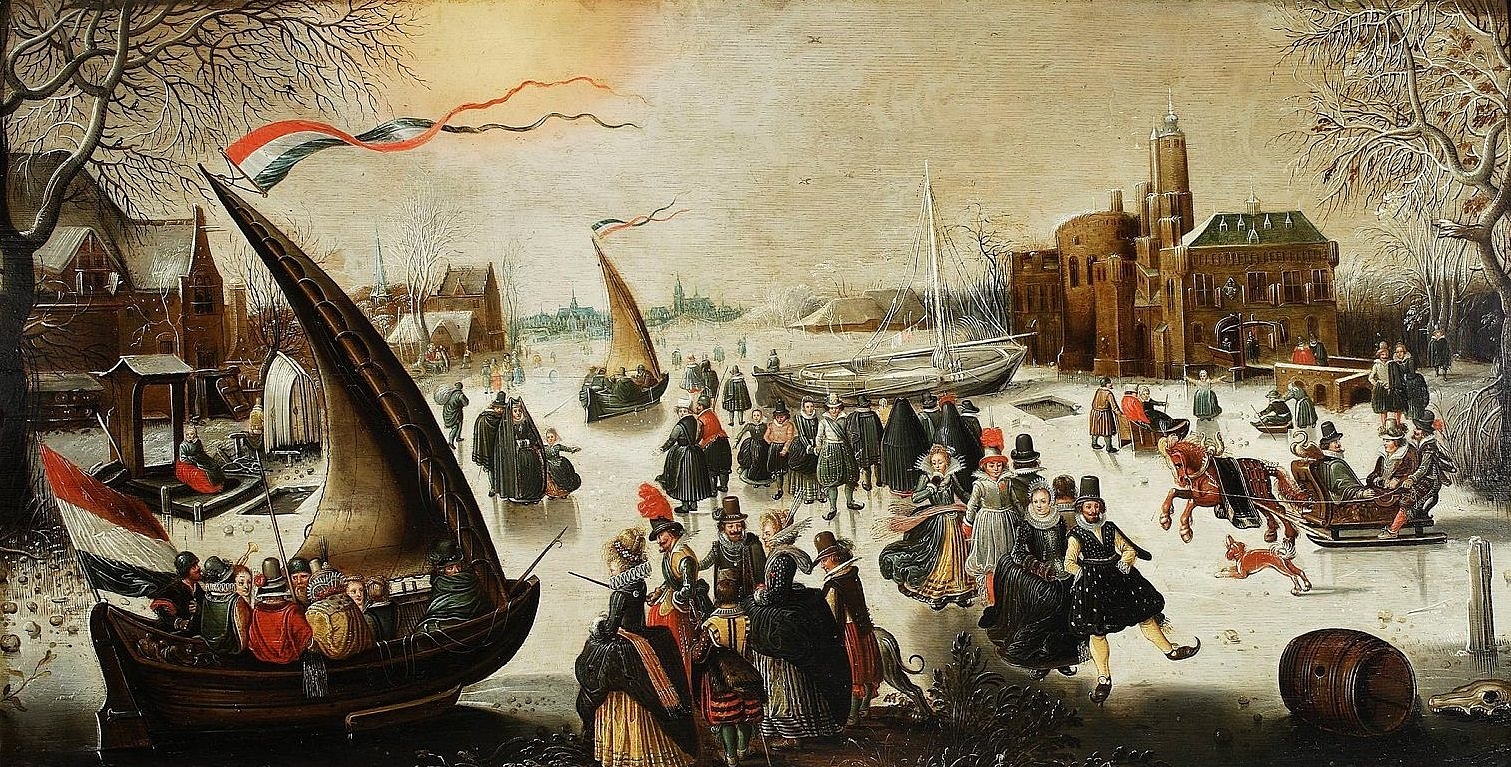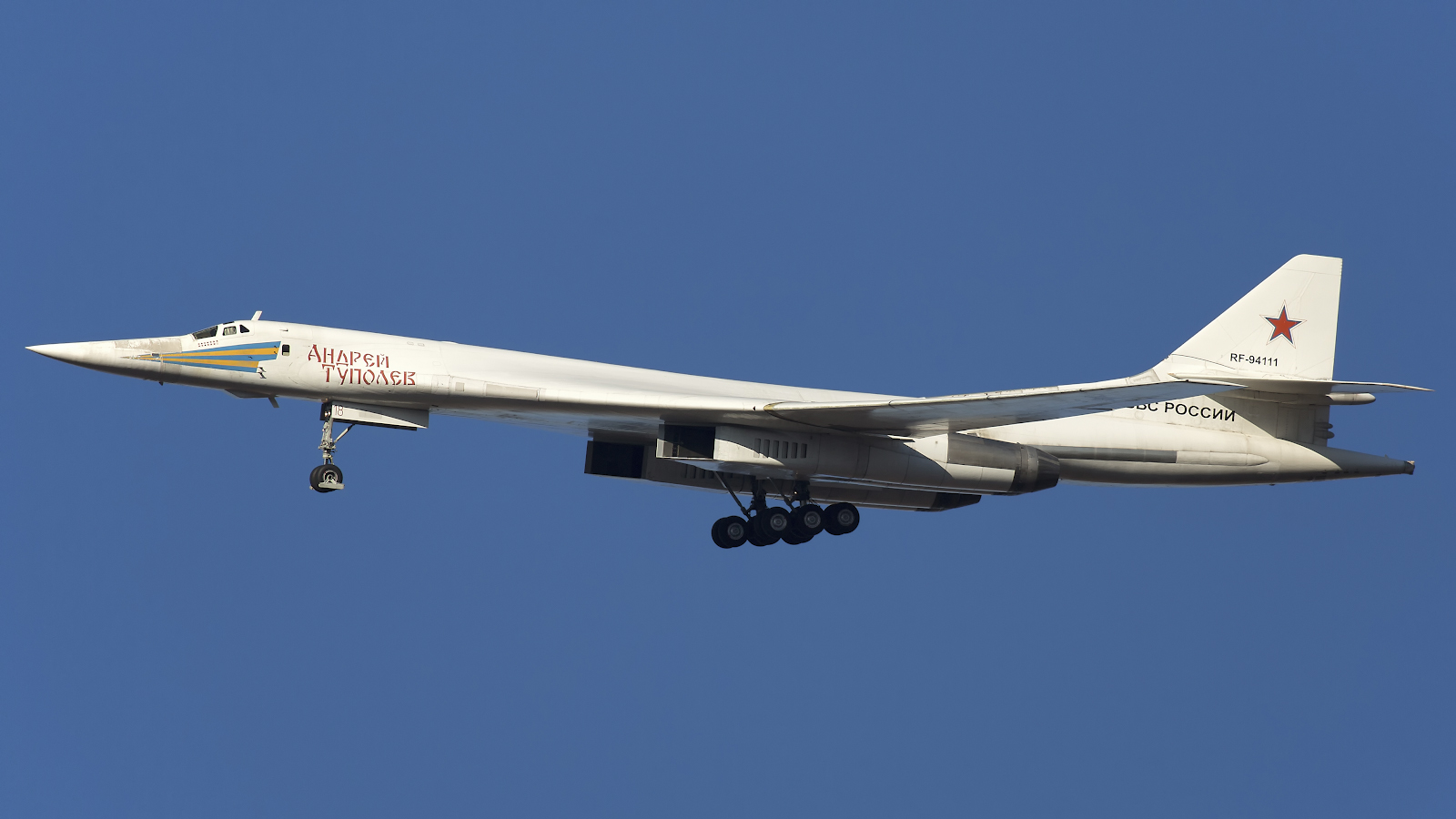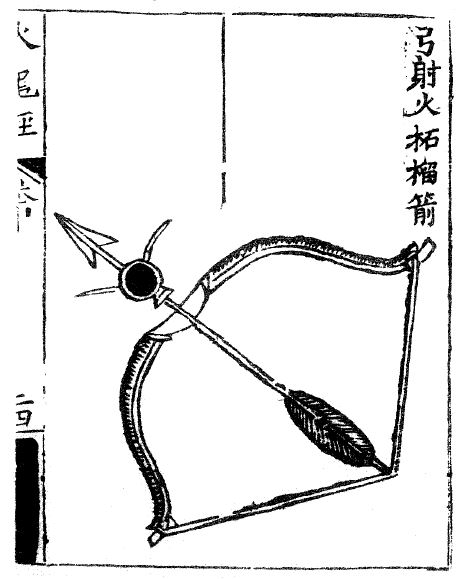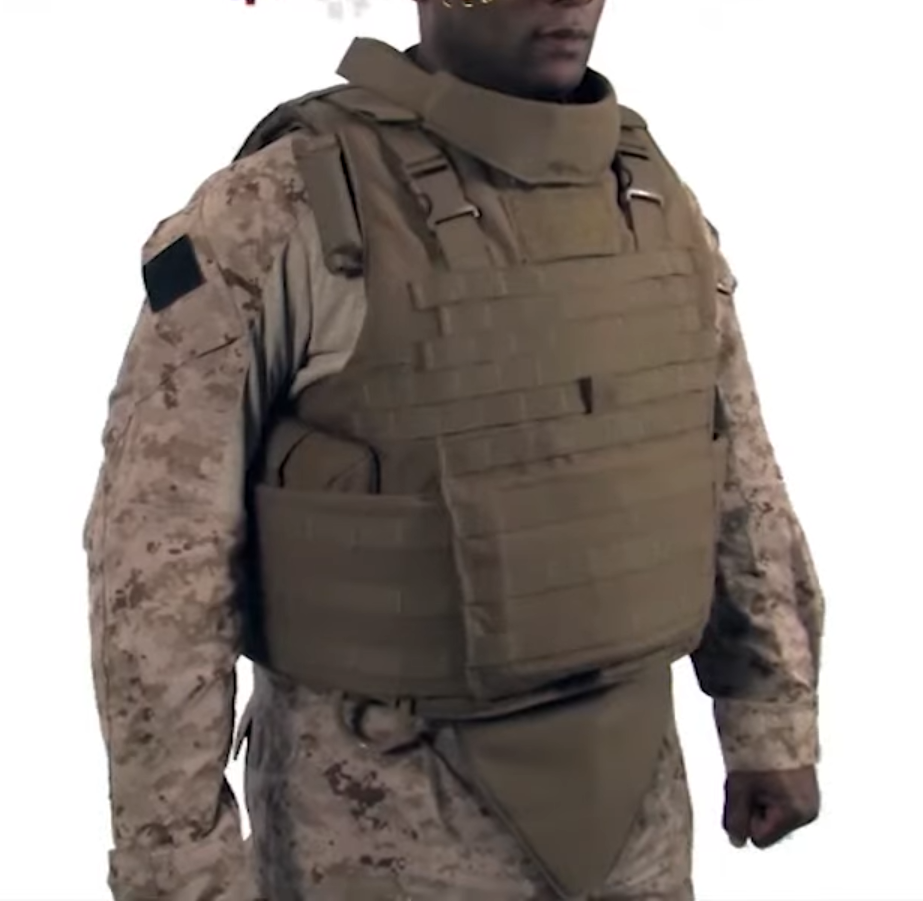|
The Re-Inventors
The ''Re-Inventors'' is a Canadian TV show based around exploring historic inventions and testing them. The show follows the hosts, Matt Hunter and Jeremy MacPherson, as they discover and reconstruct inventions to see how ideas from the past hold up in the present world. In each episode, the hosts choose a historic invention and attempt to rebuild it. The hosts would examine the original patent information, including blueprints, then, along with additional tradesmen as needed, build the prototypes, and test each of these, often strange, inventions to see if any could actually succeed. Often, a few related inventions would be tested in the same episode. Each invention was given a set of evaluation criteria before being tested. At the end of the episode, the invention was graded and if the invention was considered to have met the evaluation criteria, it was granted the title of 'Patent Approved'. If the invention proved to be less than effective, it was granted the title 'Paten ... [...More Info...] [...Related Items...] OR: [Wikipedia] [Google] [Baidu] |
History (Canada)
The History Channel (also known as History) is a Television in Canada, Canadian English-language Discretionary service, discretionary specialty channel that primarily broadcasts programming related to history and historical fiction. It is owned by History Television, Inc., a subsidiary of Corus Entertainment. History was launched on October 17, 1997, as History Television under the ownership of Alliance Atlantis. Through various ownership changes, the channel adopted its current name in 2012, with the History Channel branding used under a licensing agreement with A&E Networks, A+E Networks. The History Channel operates two Timeshift channel, time-shifted feeds: East (North American Eastern Time Zone, Eastern Time) and West (Pacific Time Zone, Pacific Time). The West Coast feed was launched on September 1, 2006. History Licensed by the Canadian Radio-television and Telecommunications Commission (CRTC) on September 4, 1996, as ''The History and Entertainment Network'', the channel ... [...More Info...] [...Related Items...] OR: [Wikipedia] [Google] [Baidu] |
Italy
Italy, officially the Italian Republic, is a country in Southern Europe, Southern and Western Europe, Western Europe. It consists of Italian Peninsula, a peninsula that extends into the Mediterranean Sea, with the Alps on its northern land border, as well as List of islands of Italy, nearly 800 islands, notably Sicily and Sardinia. Italy shares land borders with France to the west; Switzerland and Austria to the north; Slovenia to the east; and the two enclaves of Vatican City and San Marino. It is the List of European countries by area, tenth-largest country in Europe by area, covering , and the third-most populous member state of the European Union, with nearly 59 million inhabitants. Italy's capital and List of cities in Italy, largest city is Rome; other major cities include Milan, Naples, Turin, Palermo, Bologna, Florence, Genoa, and Venice. The history of Italy goes back to numerous List of ancient peoples of Italy, Italic peoples—notably including the ancient Romans, ... [...More Info...] [...Related Items...] OR: [Wikipedia] [Google] [Baidu] |
Moulton Taylor
Moulton B. "Molt" Taylor (September 29, 1912 – November 16, 1995) was an American aeronautical engineer famed for his work designing, developing, and manufacturing on a small scale one of the first practical flying cars, the 1949 Aerocar. Life and career Taylor was born in Portland, Oregon and studied engineering at the University of Washington. After graduation, he was accepted into the United States Navy as a Naval Aviator during World War II, and spent much of the war working on the Navy's Gorgon missile program, for which he was awarded the Legion of Merit medal. Shortly after the war, he designed his first flying car, the Aerocar, and founded Aerocar International in Longview, Washington, to develop, manufacture and market the aircraft. Taylor came up with the idea for the Aerocar in 1946, after meeting inventor Robert Edison Fulton Jr. and noticing the flaws in his Airphibian roadable aircraft design. To date, Taylor's Aerocar remains the closest that any such de ... [...More Info...] [...Related Items...] OR: [Wikipedia] [Google] [Baidu] |
Flying Car (aircraft)
A flying car or roadable aircraft is a type of vehicle which can function both as a road vehicle and as an aircraft. As used here, this includes vehicles which drive as motorcycles when on the road. The term "flying car" is also sometimes used to include hovercars and/or VTOL personal air vehicles. Many prototypes have been built since the early 20th century, using a variety of flight technologies. Most have been designed to take off and land conventionally using a runway. Although VTOL projects are increasing, none has yet been built in more than a handful of numbers. Their appearance is often predicted by futurologists, and many concept designs have been promoted. Their failure to become a practical reality has led to the catchphrase "Where's my flying car?", as a paradigm for the failure of predicted technologies to appear. Flying cars are also a popular theme in fantasy and science fiction stories. History Early 20th century In 1901 German immigrant to the U.S. Gusta ... [...More Info...] [...Related Items...] OR: [Wikipedia] [Google] [Baidu] |
Ice Boat
An iceboat (occasionally spelled ice boat or traditionally called an ice yacht) is a recreational or competition sailing craft supported on metal runners for traveling over ice. One of the runners is steerable. Originally, such craft were boats with a support structure, riding on the runners and steered with a rear blade, as with a conventional rudder. As iceboats evolved, the structure became a frame with a seat or cockpit for the iceboat sailor, resting on runners. Steering was shifted to the front. Because of their low resistance to forward motion over ice, iceboats are capable of speeds exceeding . Because of their speed, iceboats are used both for recreation and for racing. Racing craft typically carry one person. A related activity, land sailing, employs sailing craft similar to iceboats, but riding on wheels instead of runners. History The history of iceboating began in Europe in areas where smooth ice was found in the bays of the Baltic Sea and the canals of the N ... [...More Info...] [...Related Items...] OR: [Wikipedia] [Google] [Baidu] |
NKL-26
The NKL-26 was an armoured aerosan introduced by the Soviet Union during the Second World War, based on the earlier NKL-6 (OSGA-6). It was made of plywood and had a ten-millimetre Vehicle armour, armour plate on the front only, and was armed with a 7.62mm DT machine gun in a ring mount. It was powered by an Shvetsov M-11, M-11G aircraft engine. Each NKL-26 was operated by two crewmen. NKL-26s were organized into battalions of 30 NKL-16s with a transport company of NKL-16s - each with three companies of 10. Each company was organized as three platoons of three vehicles, and a commanders vehicle. Combat Aerosans often worked with ski infantry battalions, and could carry four ski troops riding outside the vehicle on its skis or towed behind. References External links NKL-26 Snowmobile at the Russian Battlefield on engines of the red army in ww2 World War II armoured fighting vehicles of the Soviet Union Snowmobiles {{mil-vehicle-stub ... [...More Info...] [...Related Items...] OR: [Wikipedia] [Google] [Baidu] |
Andrei Tupolev
Andrei Nikolayevich Tupolev (; – 23 December 1972) was a Russian and later Soviet aeronautical engineer known for his pioneering aircraft designs as the director of the Tupolev Design Bureau. Tupolev was an early pioneer of aeronautics in Russia and served as a protégé of Nikolay Zhukovsky (scientist), Nikolay Zhukovsky. Tupolev designed or oversaw the design of more than 100 types of civilian and military aircraft in the Soviet Union over 50 years, some of which set 78 world records. Tupolev produced many notable designs such as the Tupolev Tu-2, Tu-2, Tupolev Tu-16, Tu-16, Tupolev Tu-95, Tu-95, and Tupolev Tu-104, Tu-104, and the reverse engineered Tu-4. Tupolev was highly honoured in the Soviet Union and awarded various titles and honours including the Hero of Socialist Labor three times, Order of Lenin eight times, Order of the Red Banner of Labour two times, made an academician of the Russian Academy of Sciences in 1953, and a Colonel-General of the Soviet Air Forc ... [...More Info...] [...Related Items...] OR: [Wikipedia] [Google] [Baidu] |
Aerosledge
An Aerosledge (, "aerosani") is a propeller-driven sledge, sleigh or toboggan which slides on runners or skis. Aerosleds are used for communications, mail deliveries, medical aid, emergency recovery, and patrolling borders in countries such as northern Russia, as well as for recreation. Aerosani were used by the Soviet Red Army during the Winter War and World War II. The first aerosledges may have been built in 1903–05 by Sergei Nezhdanovsky. In 1909–10, young Igor Sikorsky designed and tested an aerosledge, before going on to build multi-engine airplanes and helicopters. They were light plywood vehicles on skis, powered by used vintage aircraft engines and propellers. Military usage Military use of the aerosani goes back to at least the 1910s. During World War I, aerosani were used for reconnaissance, communicating, and light raiding in northern areas. During the 1939–40 Winter War against Finland some were equipped with a machine gun ring mount on the roof. They could ... [...More Info...] [...Related Items...] OR: [Wikipedia] [Google] [Baidu] |
Fire Arrows
Fire arrows were one of the earliest forms of weaponized gunpowder, being used from the 9th century onward. Not to be confused with earlier incendiary arrow projectiles, the fire arrow was a gunpowder weapon which receives its name from the translated Chinese term ''huǒjiàn'' (火箭), which literally means fire arrow. In China, a 'fire arrow' referred to a gunpowder projectile consisting of a bag of incendiary gunpowder attached to the shaft of an arrow. Fire arrows are the predecessors of fire lances, the first firearm. Later rockets utilizing gunpowder were used to provide arrows with propulsive force and the term ''fire arrow'' became synonymous with rockets in the Chinese language. In other languages such as Sanskrit, 'fire arrow' (''agni astra'') underwent a different semantic shift and became synonymous with 'cannon'. Design Although the fire arrow is most commonly associated with its rocket mechanism, it originally consisted of a pouch of gunpowder attached to an arr ... [...More Info...] [...Related Items...] OR: [Wikipedia] [Google] [Baidu] |
Kite
A kite is a tethered heavier than air flight, heavier-than-air craft with wing surfaces that react against the air to create Lift (force), lift and Drag (physics), drag forces. A kite consists of wings, tethers and anchors. Kites often have a bridle and tail to guide the face of the kite so the wind can lift it. Some kite designs do not need a bridle; box kites can have a single attachment point. A kite may have fixed or moving anchors that can balance the kite. The name is derived from the kite (bird), kite, the hovering bird of prey. There are several shapes of kites. The Lift (force), lift that sustains the kite in flight is generated when air moves around the kite's surface, producing low pressure above and high pressure below the wings. The interaction with the wind also generates horizontal Drag (physics), drag along the direction of the wind. The resultant force vector from the lift and drag force components is opposed by the tension of one or more of the rope, lines ... [...More Info...] [...Related Items...] OR: [Wikipedia] [Google] [Baidu] |
Battering Ram
A battering ram is a siege engine that originated in ancient times and was designed to break open the masonry walls of fortifications or splinter their wooden gates. In its simplest form, a battering ram is just a large, heavy log carried by several people and propelled with force against an obstacle; the ram would be sufficient to damage the target if the log were massive enough and/or it were moved quickly enough (that is, if it had enough momentum). Later rams encased the log in an arrow-proof, fire-resistant canopy mounted on wheels. Inside the canopy, the log was swung from suspensory chains or ropes. Rams proved effective weapons of war because at the time wall-building materials such as stone and brick were weak in tension, and therefore prone to cracking when impacted with force. With repeated blows, the cracks would grow steadily until a hole was created. Eventually, a breach would appear in the fabric of the wall, enabling armed attackers to force their way thr ... [...More Info...] [...Related Items...] OR: [Wikipedia] [Google] [Baidu] |
Body Armour
Body armour, personal armour (also spelled ''armor''), armoured suit (''armored'') or coat of armour, among others, is armour for human body, a person's body: protective clothing or close-fitting hands-free shields designed to absorb or deflect physical attacks. Historically used to protect military personnel, today it is also used by various types of police (riot police in particular), private security guards, or bodyguards, and occasionally ordinary citizens. Today there are two main types: regular non-plated body armor for moderate to substantial protection, and hard-plate reinforced body armor for maximum protection, such as used by combatants. History Many factors have affected the development of personal armor throughout human history. Significant factors in the development of armor include the economic and technological necessities of armor production. For instance full plate armor first appeared in medieval Europe when water-powered trip hammers made the formation o ... [...More Info...] [...Related Items...] OR: [Wikipedia] [Google] [Baidu] |







